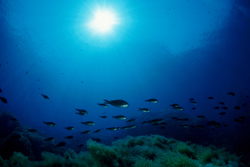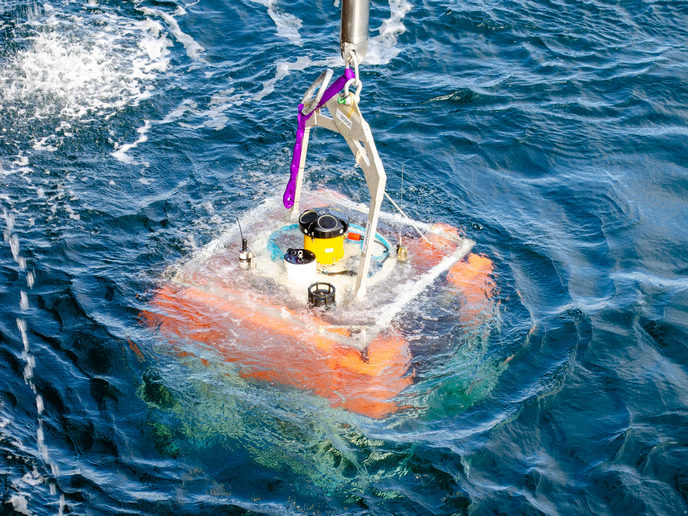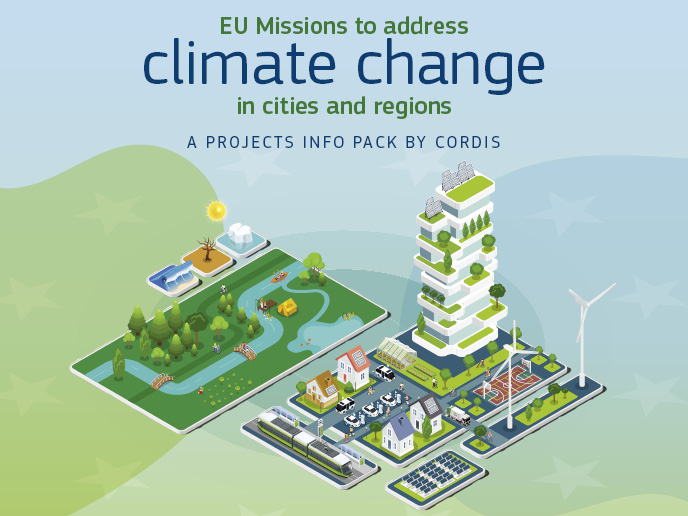Underwater robot finds alternative water resources
Water is often considered as an unlimited natural resource in developed countries. However, excessive use and misuse has resulted in increasing scarcity of uncontaminated freshwater supplies throughout the world. Water management policies could benefit from the exploitation of alternative water resources. Among these are so-called karst submarine springs, desalination of seawater and water reuse. Karst submarine springs are springs that result from drainage of a very large area resulting in a significant volume of water. Groundwater from storms, melting snow and seasonal changes in rainfall is rapidly transported to reach the surface within a couple of days. Although the water is generally not suitable for drinking, exploitation of karst aquifers may provide an alternative source of water and offset scarcity resulting from natural phenomena and human activity. A European consortium sought to support water management initiatives by integrating coastal karst aquifers into the equation for the collection of water (catchment) in the Mediterranean. EU funding of the ‘Mediterranean development of innovative technologies for integrated water management’ (Meditate) project enabled development of an autonomous underwater vehicle (AUV) to study underwater springs. The AUV was a robotic system capable of following predefined paths with minimal error. In addition, sensors for precise measurement of conductivity (related to salinity), depth and temperature (CDT) as well as a sonar instrument to survey large sea-bottom areas were incorporated. A man-machine interface (MMI) specially designed for use by hydrogeologists enabled control and supervision of a mission. Rapid and easy exploitation of information from acquired samples was made possible via two- and three-dimensional data plotting and mission analysis software. Experimental missions facilitated optimisation of specific diving strategies and controls as well as comparison with commercially available technology. The success of the main Meditate project deliverable, the AUV, should have important impact on the increasingly critical problem of water resource management in the Mediterranean and beyond.







